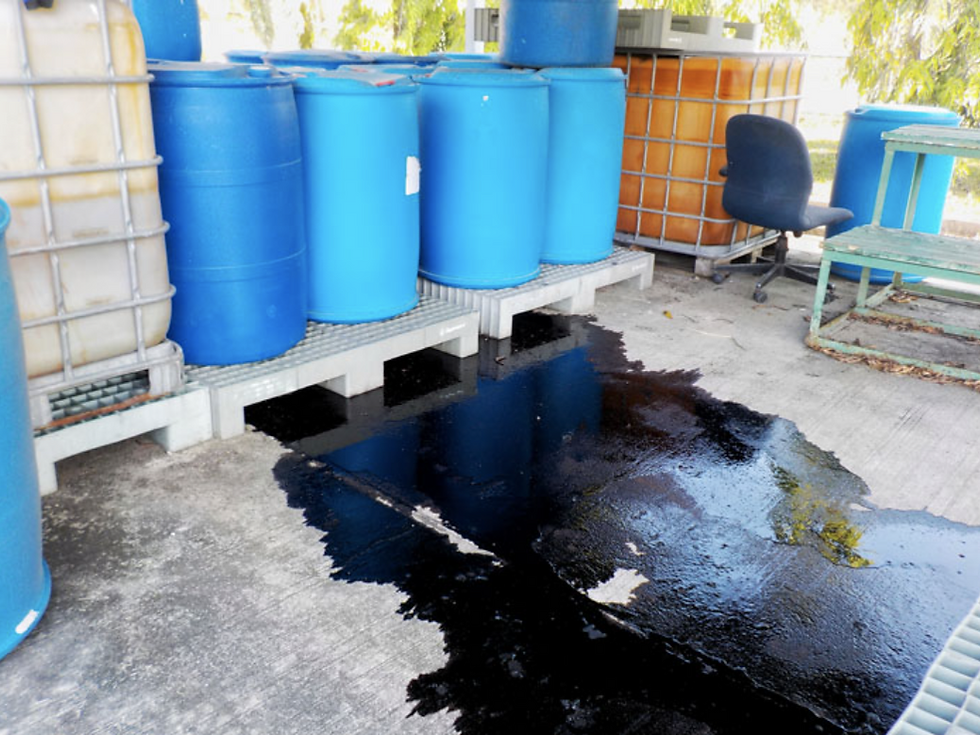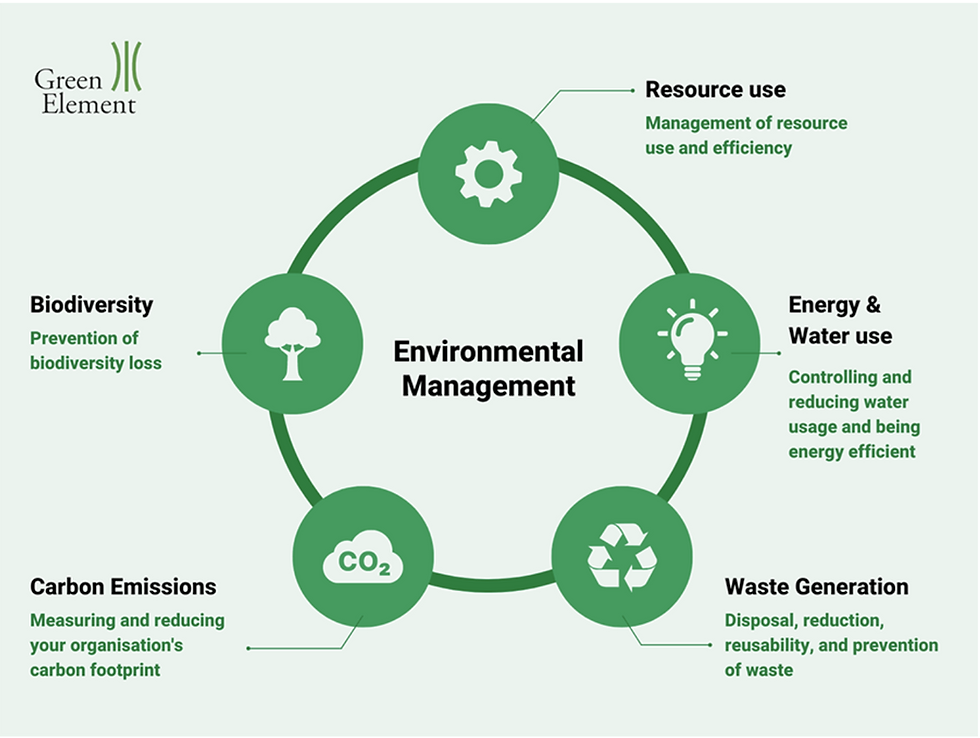Fatal injuries stats show fall in number of workplace deaths in Great Britain: but this is no cause for celebration.
- Dorset Health and Safety

- Jul 4
- 5 min read

The Health and Safety Executive’s (HSE) Work-related fatal injuries in Great Britain, 2025 report finds that a total of 124 workers were killed in accidents in 2024/25, a decrease of 14 fatalities from 2023/24.
The provisional numbers also equate to a decrease in 25 deaths compared to 2018/19, the last year before the coronavirus pandemic. In 2019/20, for example, the number of workers killed in accidents was 113.
Significantly, 35 workers were killed after falling from a height, the main cause of work-related fatal injury in almost every year since at least 2001/02. This figure is 15 fewer than the 50 deaths reported for 2023/24.
In addition, this number is slightly below the 38 fatalities for the annual average number of deaths for the five years spanning from 2020/21 to 2024/25, which the HSE says reduces the effect of year-on-year fluctuations and provides a more stable picture.
The latest data, which covers the period from 1 April 2024 to 31 March 2025, also reveals reductions in fatal injuries caused by being struck by a moving vehicle (14, down from 25 in 2023/24) and being struck by a moving object (18, down from 20 in 2023/24).
Taking the annual average number of deaths for 2020/21 to 2024/25, falls from a height, struck by a moving object and struck by a moving vehicle account for 60% of all fatal injuries.
Elsewhere, the 2025 report shows that two sectors – construction and agriculture, forestry and fishing – continue to account for the greatest number of fatalities each year, between them accounting for just under half of all fatal injuries to workers in 2024/25.
The latest data reveals that construction was responsible for 35 deaths, compared to 51 last year. Even so, the sector still accounts for the largest share of fatal injuries to workers – 28% in 2024/25. Agriculture, forestry and fishing meanwhile accounted for 23 deaths, a decrease of one from the previous year.
Taking the five-year average for 2020/21 to 2024/25, however, the 35 deaths in construction is below the 40 for this period. Likewise, the 23 deaths in agriculture, forestry and fishing is slightly below the 25 for the same period.
The HSE notes that when the workplace deaths are looked at by considering the fatal injury rate in terms of the number of fatalities per 100,000 workers employed, agriculture, forestry and fishing comes out as the worst sector.
In 2024/25, the fatal injury rate per 100,000 workers was 8.01, compared to 1.65 for construction. Waste and recycling, which was second worst was 2.76.
As the HSE report explains, ‘the rate of fatal injury to workers in the agriculture, forestry and fishing sector remains markedly higher than the average across all industries: 22 times as high as the all industry rate.’
While the reduction in the total number of fatalities – from 138 in 2023/24 to 124 in the latest figures – is a welcome development, the HSE data reveals that the number of work-related fatalities has varied from year to year since 2014/15.
To give an example, in 2018/2019 the figure was 149, while the following year (2019/20), it fell to 113, although it’s important to note that the data for the latter includes the effects of the coronavirus pandemic.
When considering trends over time, the HSE’s report says it is preferable to consider the rate of injury rather than just the numbers as the rate accounts for changes in the numbers in employment between years.
Taking employment levels into account, the 124 fatalities gives rise to a fatal injury rate of 0.37 per 100,000 workers. Although this compares to 0.42 per 100,000 workers for 2023/24 and is part of a downward trend over the long term, the HSE acknowledges the rate has been broadly flat over the past decade or so, excluding the years affected by the pandemic.
Commenting on the provisional figures, Ruth Wilkinson, head of policy and public affairs at IOSH, said the reduction was ‘no cause for celebration’ because ‘one death is too many’, especially when work-related accidents are preventable.
‘These figures are a reminder of the consequences of when things can and do go wrong. So, we’re calling on businesses to ask themselves if they are doing all they can to prevent accidents, to ensure their people are truly safe and can return home to their families at the end of every working day,’ she said.
‘Businesses need to ask if all workers are informed and aware of the hazards and risks exposed to them, and the controls in place to prevent harm and protect them. And they need to consider if all workers know their health and safety rights, and their responsibilities.’
She added that businesses need to ensure they are investing in maintaining strong health and safety management systems – with commitment from leadership and worker participation with robust risk management. ‘You can’t put a price on someone’s life,’ Ruth concluded.
Elsewhere in the report, around 40% of the fatal injuries to workers were to the self-employed. This disproportionate share – the self-employed only make up around 15% of the workforce – reflects, at least in part, the greater proportion of this employment group working in higher-risk industries such as construction and agriculture, forestry and fishing, notes the HSE.
However, the regulator adds that, even controlling for industry sector, the overall fatal injury rate for the self-employed for 2020/21 to 2024/25 is around three times that of the employee rate. While this varies by industry, the rate of fatal injury is generally higher for self-employed workers than employees across all the main industry sectors, notes the report.
The report also finds that around 40% of the fatal injuries were sustained by workers that were aged 60 and over, despite this age group only making up 12% of the workforce. When the fatal injury rate by age group is considered for the period 2020/21 to 2024/25, the report reveals that workers aged 60-64 have a rate around twice the all ages rate and workers aged 65 and over have a rate that is four times as high as the all ages rate.
In addition to workers, the latest report reveals that 92 members of the public were also killed in work-related accidents in 2024/25, which is an increase of six fatalities from the previous figures. This is, however, broadly in line with pre-pandemic levels, says the regulator.
The HSE’s report notes that the figures for fatal injuries to workers and members of the public, which are reportable under the Reporting of Injuries, Diseases and Dangerous Occurrences Regulations (RIDDOR), are provisional and will be finalised in July 2026 to reflect any necessary adjustments.






Comments